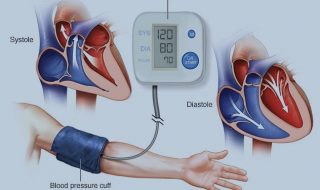
In the several meetings you’ve had the opportunity to attend, be it formal or informal, you might have seen a couple of people sit in their seats with their legs crossed. But the question is, is it a pose or a potential medical impediment?

Have you ever thought of why they sit in such a manner when there are hundreds of other ways to sit in a chair? The pose of sitting with your legs crossed gives you a stylish image, sending a wordless message to others around you about how unique you seem.
Leg crossing is habitual. It’s either you do it, or you don’t at all. And, of course, some find the sitting position feminine. However, that does not hold since many prominent men are known to sit in this distinctive way.

However chic you may look when sitting there, the posture is not muscle-liberating as posers might admit themselves. On the contrary, when done over a long period, it strains the thigh muscles, making blood unable to flow to other parts of the legs.
Contrary to the thought that the posture appears to be disrespectful towards others, people who assume this sitting stance say that it is primarily to send a message of comfort within their environment. People would also cross their legs when seated to shield anxiety and stress. This way, they might not probably read like an open book.

Seasoned health journalist Corrinne O’Keefe Osborn writes that crossing one’s legs over the knee can accelerate blood pressure.
“When you get your blood pressure tested, you’re usually asked to place both feet on the ground. This is because crossing one of your legs over the other can cause a temporary spike in blood pressure.”
Indeed, a study published in the Journal of Clinical Nursing found a significant increase in blood pressure when participants crossed their legs at the knee level.
The acceleration of blood pressure increases even more, when legs are crossed by putting their ankle on their knee, another study published in the Journal of Hypertension concluded.

Crossing one’s legs for a long while may also lead to numbness, and moving to get up is oddly uncomfortable.
Let it be clear; there are no immediate health risks of crossing one’s legs. People who cherish the pose need only change their sitting style more often than not, especially when the meeting takes a while.
GCBM Contributor: Mitchell Amoamah
















